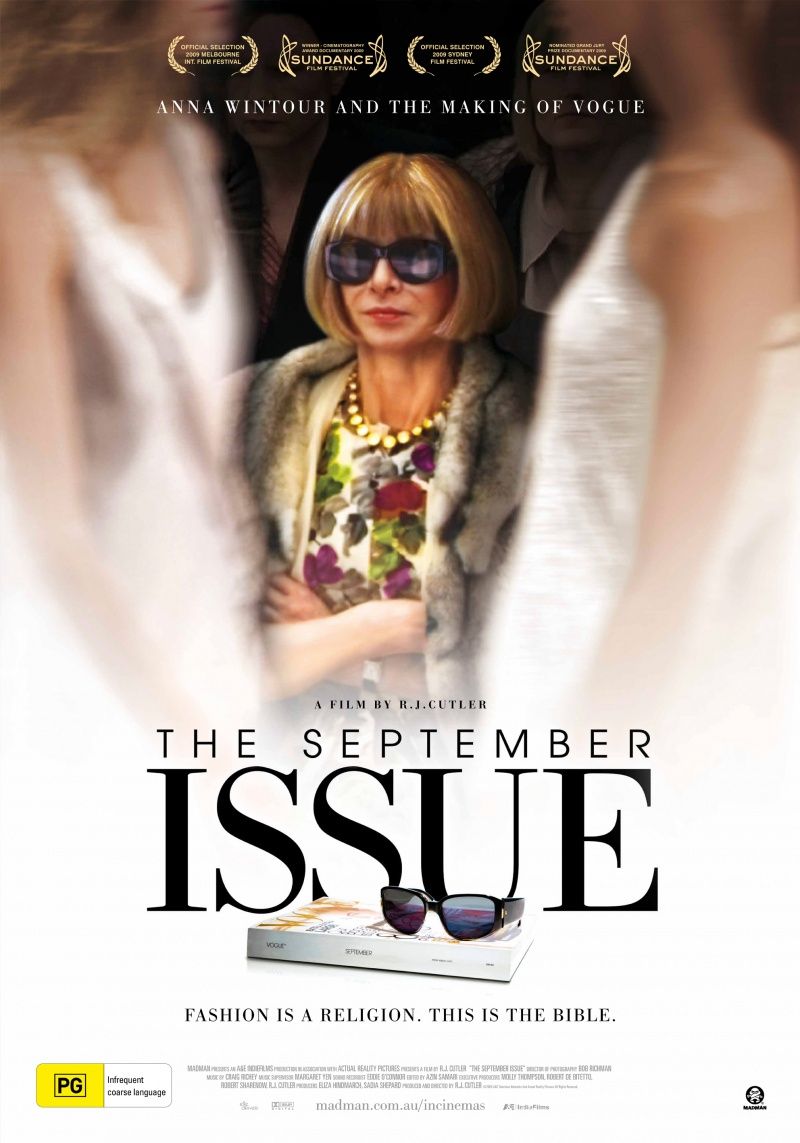Research #3: Interview Techniques
November 07, 2015
How do you interview someone?
As the next project is about non-actors in film, I want to try and interview people on the subject. To get a better idea of how a good interview works and how documentary filmmakers usually interview people, I will once again look at several documentaries and try to find their similarities and differences.
The September Issue
Although most of the film is made by documenting the events, there are several people being interviewed. They are used as narrators and interludes between the chaos of creating Vogue. Most interviews take place in the the office or home of the person being interview. We don't know what questions are asked, but the answers are long enough to overlay the image of the talking head with pictures or footage. Shallow focus is used to make sure the interviewee is the main focus of the shot. We do not hear the questions that are asked to those in frame. Everyone in this documentary is constantly aware of the presence of the camera, so even if they are not being interviewed they are careful with their words, knowing they will exist forever.
Jiro Dreams of Sushi
This films feels like one end of a conversation. You only hear the interviewers voice once, all the other times the subjects talk, answering unheard questions. However the answers are so long and storied that they can stand on their own easily. Their voices are heard over the images of the food they have prepared, the actions they need to do to get their ingredients and the customers enjoying their hard work. It's a history and look at the future all in one. There is little interaction between the different interview subjects. They don't have recorded conversations. There is only one instance that two subjects are asked the same question at the same time (when we actually hear the interviewers voice).
The War on Democracy
John Pillager uses many techniques in his movies to create a documentary that explains his views on a situations. For this he uses archive footage but also interviews. Some of these interviews are formal. They are sit down interviews where two camera's are used to look at both the interviewee and the interviewer. The use of shallow focus makes sure that we are focused on the people talking. There are also shorter informal interviews in which only the interviewee is seen. They are talking to a person, not the camera and look around them to show what they are talking about. The questions are always heard being asked so that we know exactly what the people are reacting to. There is B-roll footage used over the answers to illustrate the points these people are making.





0 comments